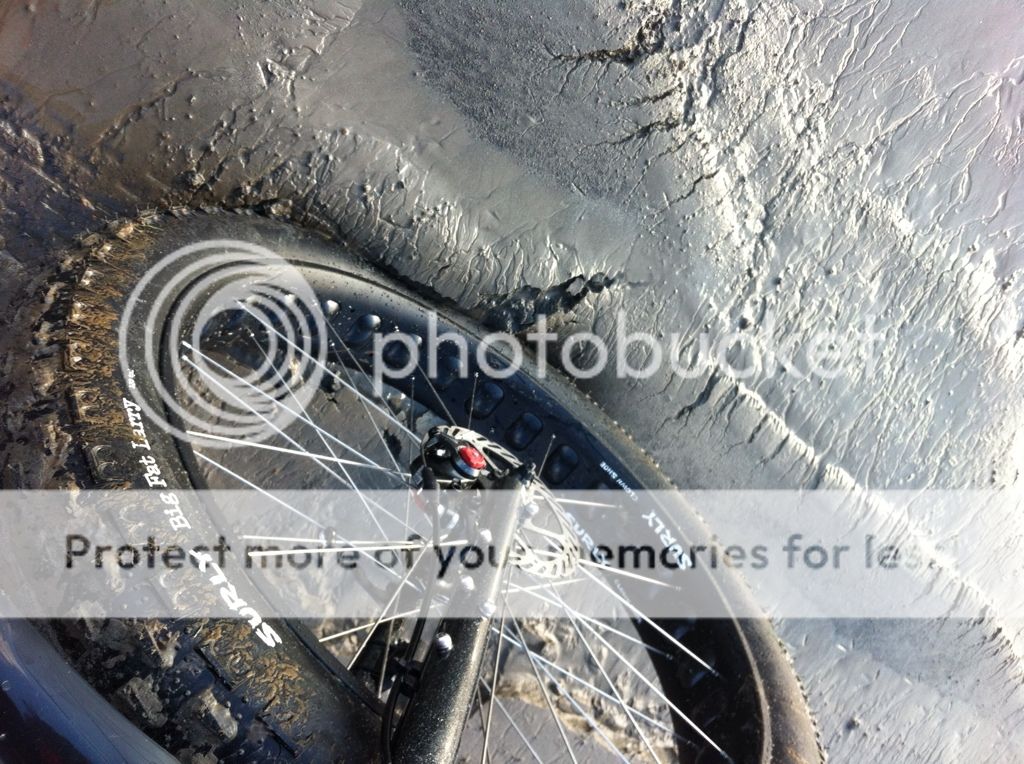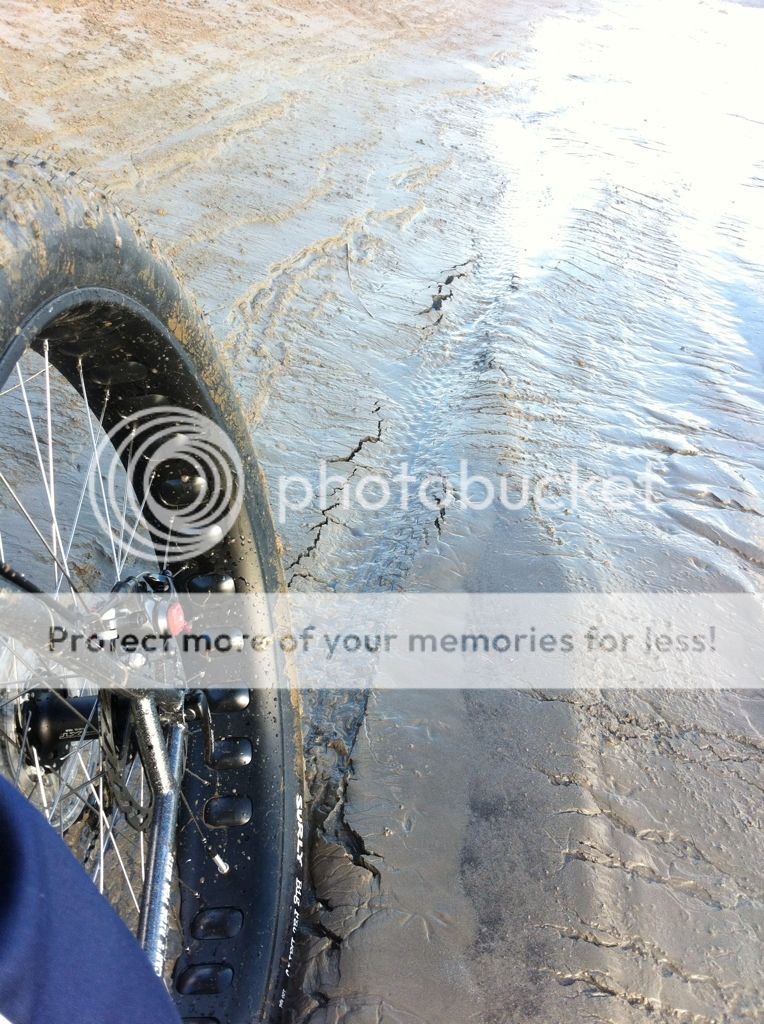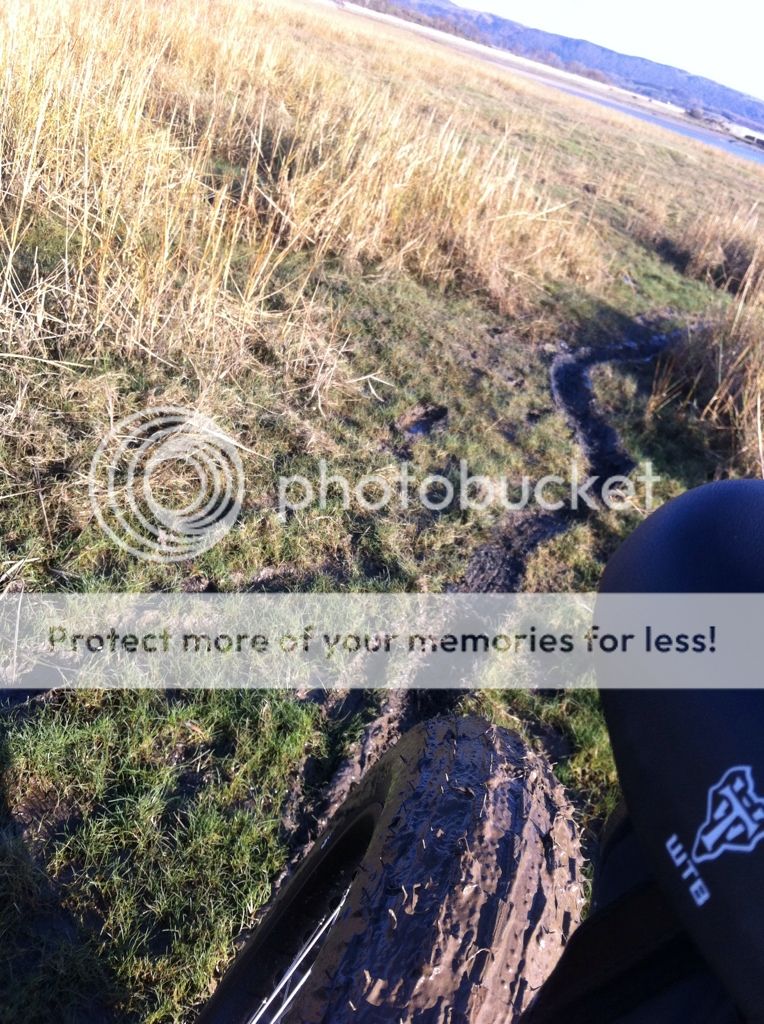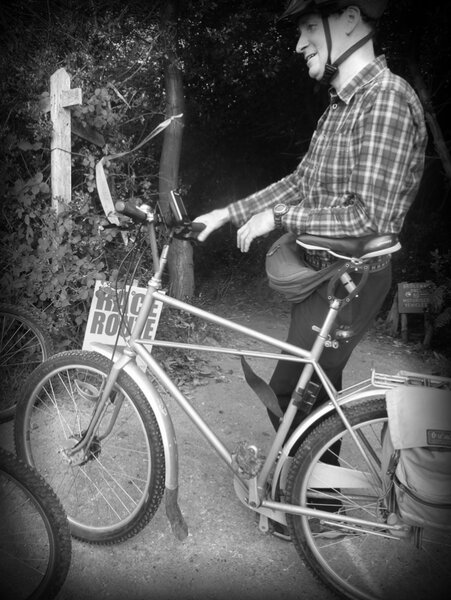GrahamJohnWallace":3lf3cjaw said:I had a bad experience when riding in the Mersey estuary when I had a large area of quicksand between myself and the shore. I ended up walking up to my knees in estuary mud whilst carrying my bike.
estuary mud is the worst stuff to ride i found.
the way it slows you down like an anchor, then if you do stop, you sink in, and if your not quick you lose your shoes!
i done lots of testing on it in the lake district, the pugsley didnt like it but managed, though i had to pick my lines and gears as once into it there not much room to change speed or grab a fresh gear, you have to power on across the top layer.
the moonlander i have performs much better on this terrain...
http://www.retrobike.co.uk/forum/viewtopic.php?t=179586
before you get a chance to take a picture, it starts to eat your bike...


keep the cranks turning and the moonlander floats along happily, even over muddy bogs...

